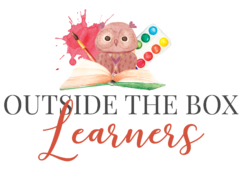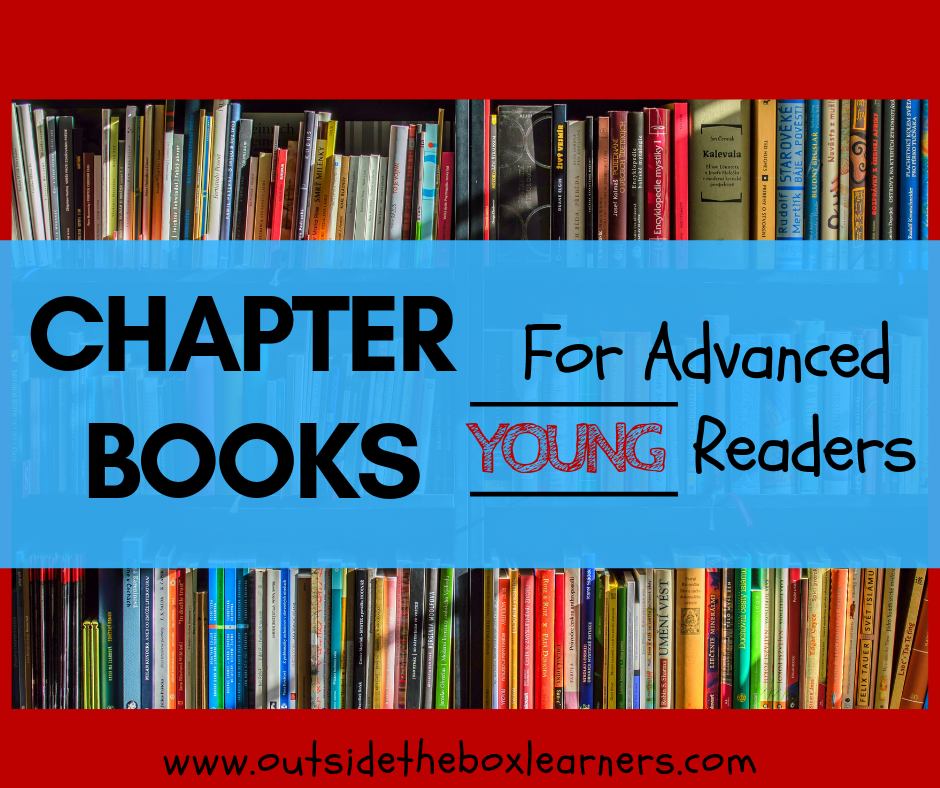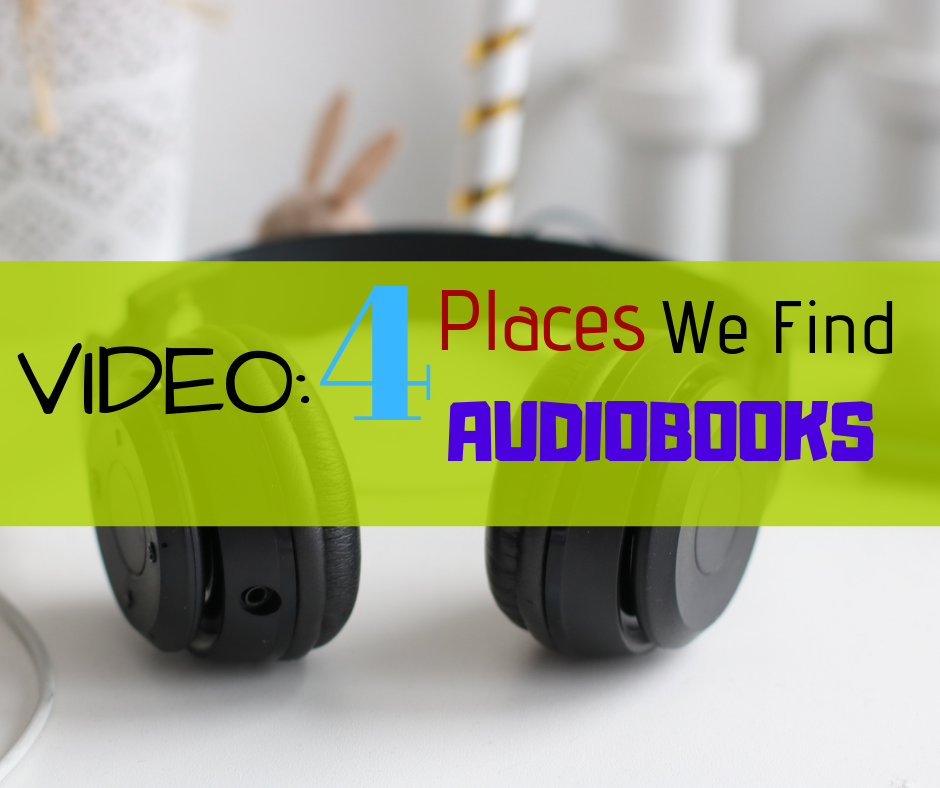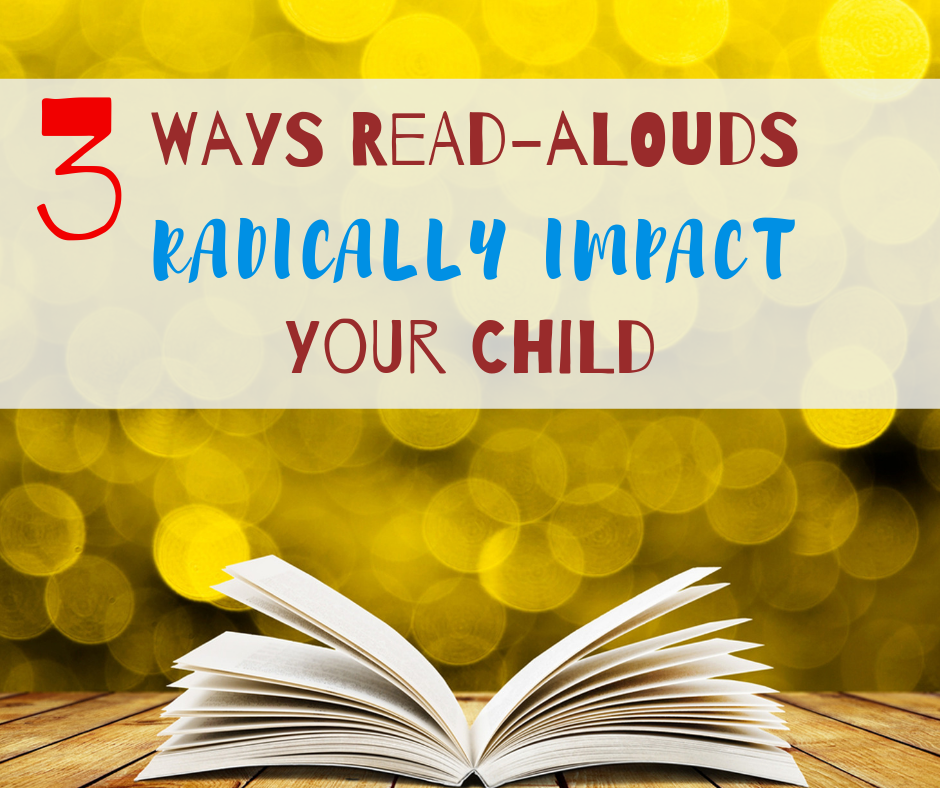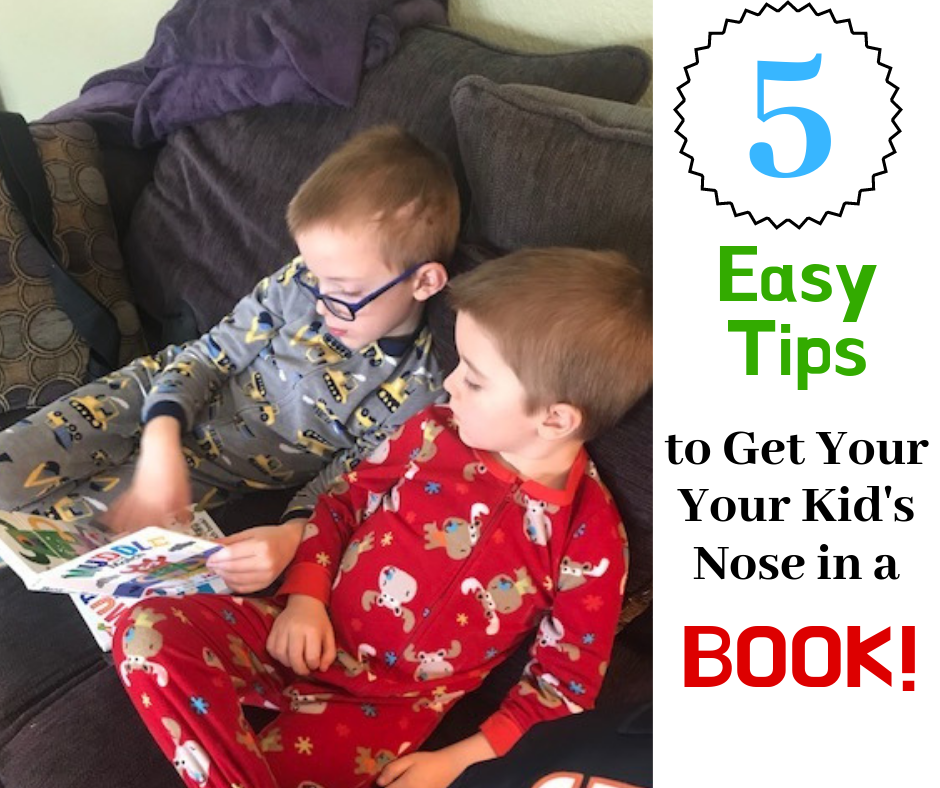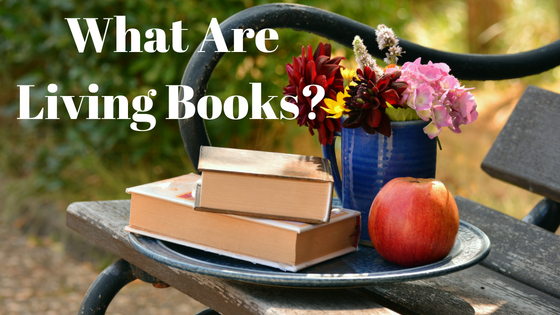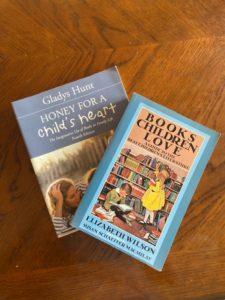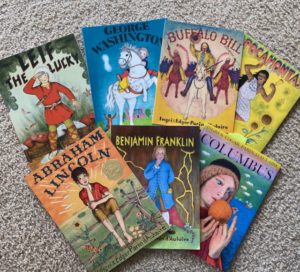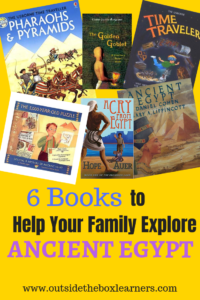What do you do when you have a younger child who is a voracious reader? When they still can’t tie their shoes yet can read a novel a few years above their grade level. When they’re capable of reading and understand bigger words but still need a relatively innocent storyline.
I can tell you what I did. I went SEARCHING for books that would be appropriate for their maturity level but still challenging enough to keep them interested. Which by the way, is not the easiest task.
My daughter taught herself to read at the age of 5 and sped through books. It became apparent that she needed more than basic picture books (though she still liked them!) My son was a little bit later (started reading around age 7) but went straight from hardly sounding out words like c-a-t and d-o-g to reading chapter books.
This post is all about the books my kids read (and LOVED) in their early years of independent reading. There were plenty of other books that I did not include here. These were the ones that were read over and over and OVER again – our time-tested, and well-loved favorites!
This post contains affiliate links and any purchases made through such links will result in a small commission for me (at no extra cost to you).
The Littles by John Peterson
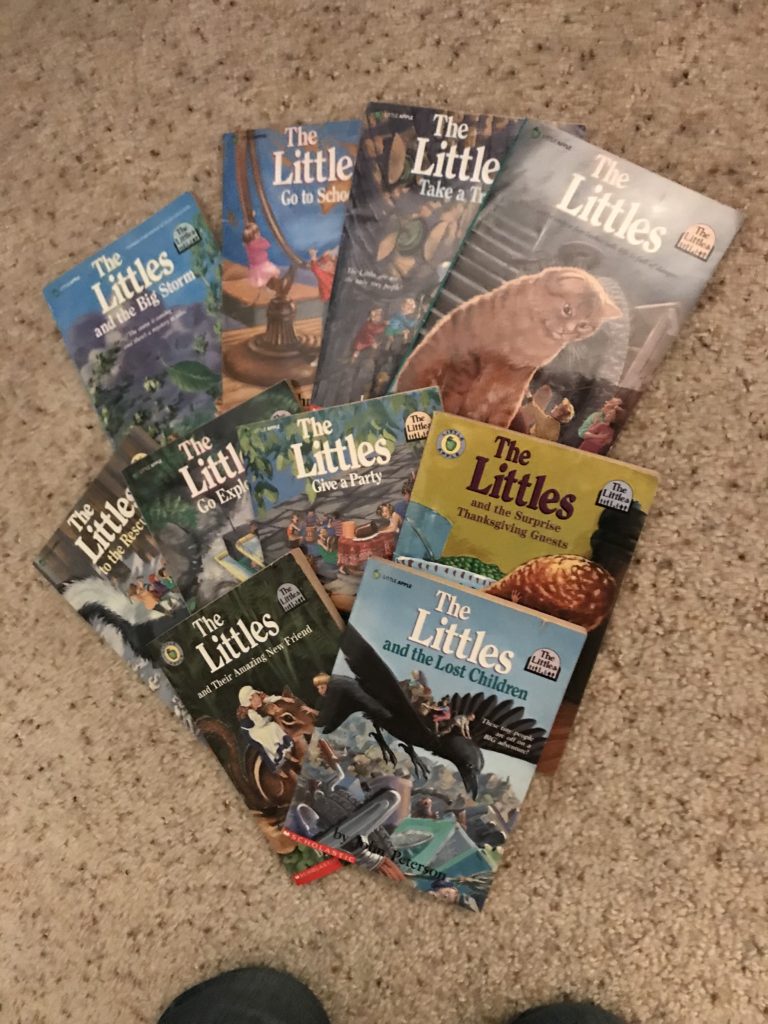
New to me, these were our daughter’s favorite first chapter books and were read countless times by her independently. Telling the story of tiny 6-inch people living within the walls of a family’s (The Bigg’s) house, “The Littles” are delightful and fast-moving chapter books full of adventure. The books are relatively short. This picture does not include all the books.
The Ramona Books by Beverly Cleary
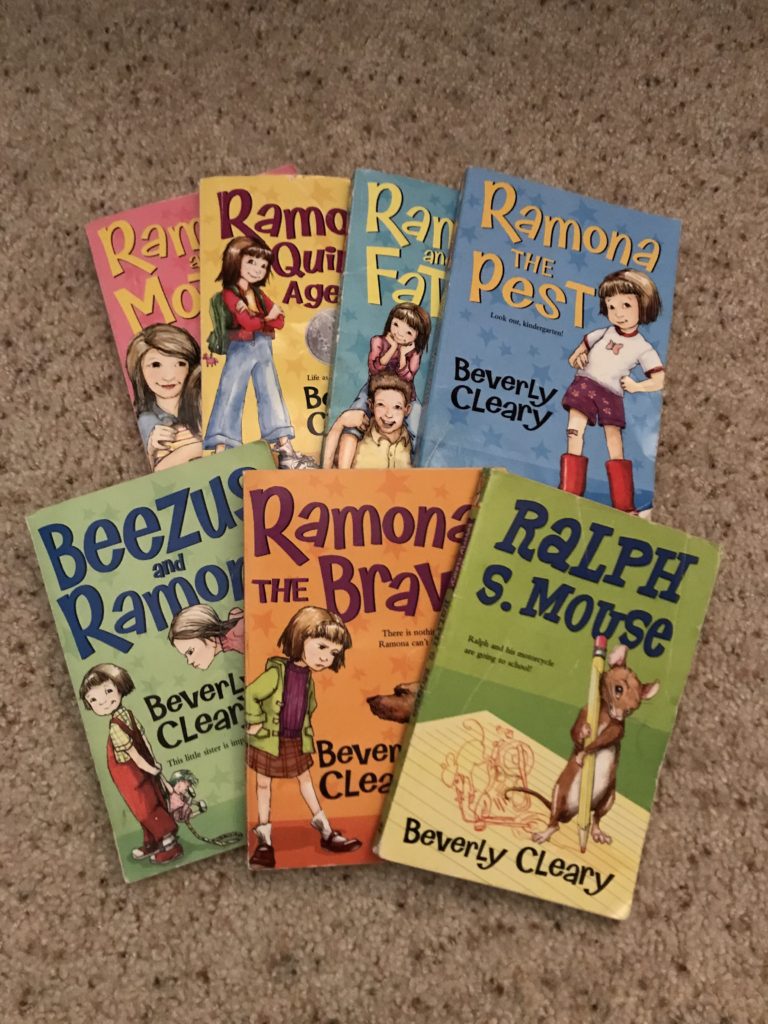
Ahhh Beverly Cleary. The name alone brings a smile to my face. Takes me back 30 years… The Ramona books were some of MY favorites when I was a kid. Really anything Beverly Cleary is good. Other books not listed here that would be perfect for young advanced readers are The Mouse and the Motorcycle and Socks. (Ramona Forever is missing from this picture)
Mrs. Piggle-Wiggle by Betty MacDonald
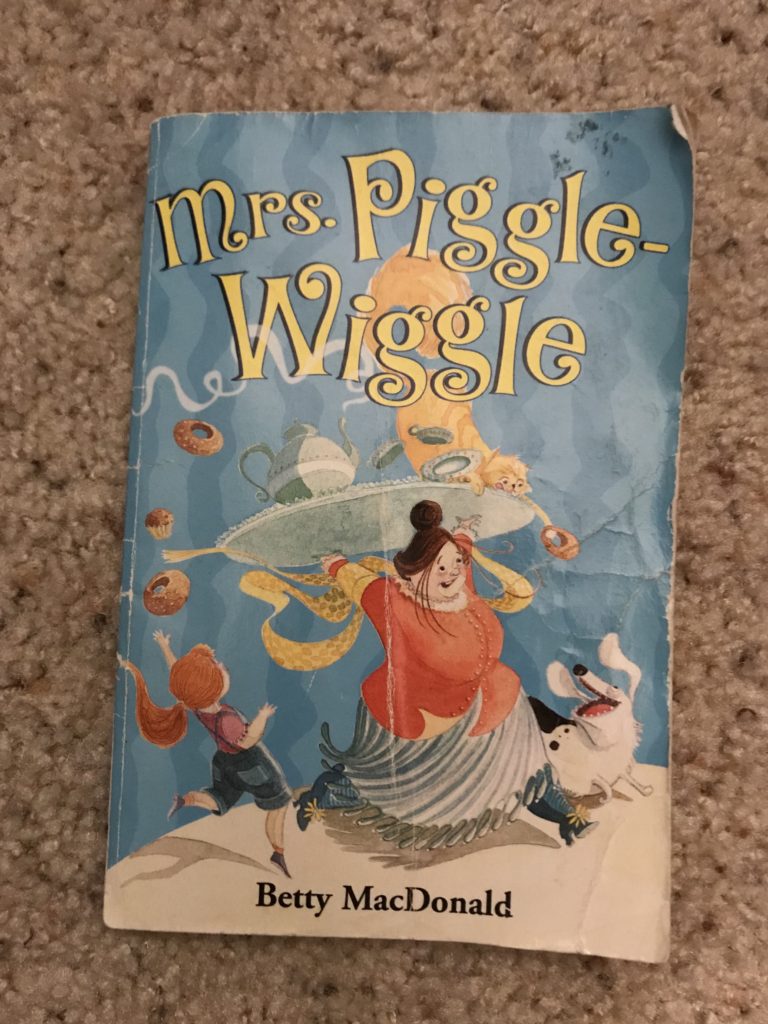
I recently discovered Mrs. Piggle-Wiggle is part of a whole series! Oh how I wish I had known that when my daughter was younger! Mrs. Piggle-Wiggle is an entertaining character who uses imaginative techniques to engage children and help them correct their attitudes and deal with responsibility.
When our oldest was 6 she came bursting into the room telling us her brother was being impudent. When asked what the word meant (which she knew) and how she knew, she replied simply, “I learned it from Mrs. Piggle-wiggle.” Fun times. 🙂
**Make sure to get the ORIGINAL Mrs. Piggle-Wiggles (linked above)
Charlotte’s Web, Stuart Little and The Trumpet of the Swan by E.B. White
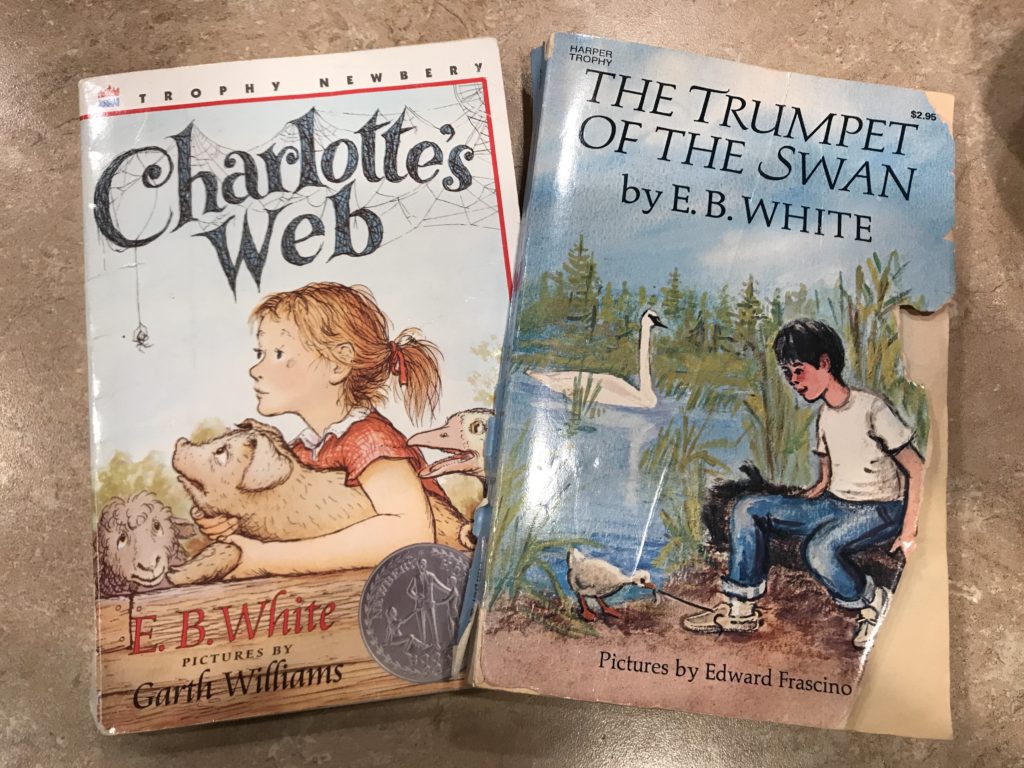
My son gravitated towards these novels. Obviously, Charlotte’s Web is a beloved classic. Stuart Little and The Trumpet of the Swan are lesser known but still well-loved. All of these novels have lots of heart. (Stuart Little not pictured… I couldn’t find it when I was taking the pictures. We have books all over the house and they’re not as organized as I’d like!)
Magic School Bus Books
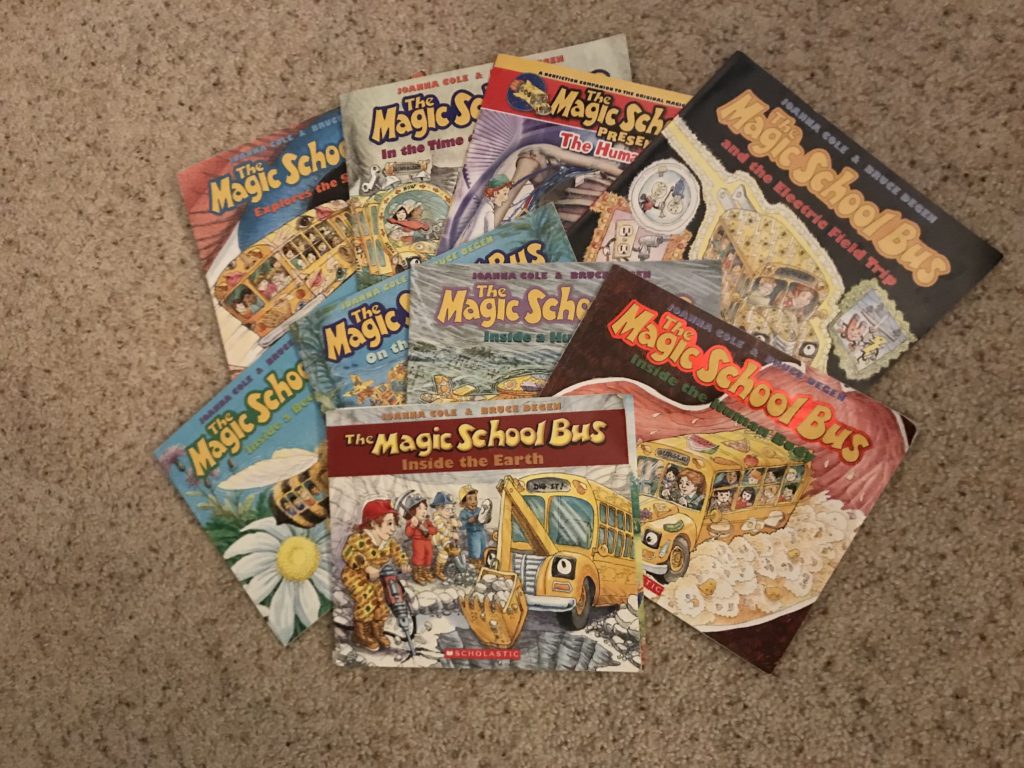
These Magic School Bus books were pored over by our science-loving daughter for a couple of years. What I love about them is the pictures combined with bite-sized, yet highly informative, pieces of text. The characters all have unique personalities which definitely creates more interest than your typical non-fiction book. These were a great investment!
These are our tried and true chapter books for young independent readers. I’m looking forward to pulling these out for my youngest eventually. He’s not quite there yet but I am prepared for when he gets there!
What are your favorite books for advanced young readers? Are they on this list or not?
